Automate Your Customer Reviews with the Right Customer Reviews Platform
Customer reviews are essential for any adventure tourism brand. Quality reviews raise trust in your brand, support SEO, and are great content for all your marketing channels. This form of social proof is used by the vast majority of customers (up to 95%, according to this consumer study on the role of reviews in the travel planning process) as a key step in their purchasing decision process. Getting reviews (and keeping up with responding to them) can be an overwhelming process.
Adventure brands that implement a customer review system that automates collecting, filtering, displaying reviews (per trip and throughout website), as well as reaches ALL customers, not just your group organizer/buyer – has a distinct competitive advantage. Once set up, you can go paddle or bike or create new tourism products, while your review platform does the heavy lifting to highlight the best of your biz!
How the Review Collection and Display Process Works
- Your customer purchases a product, and/or fills out a waiver form and takes an adventure trip.
- Your customer’s data (typically first and last name, email address, mobile phone number, and specific item/trip purchased) gets imported into a review tool. (This can be automatic or manual, depending on your platform and configuration and how you collect your customer data. Using your waiver data will ensure you capture all customers, not just the person who made the reservation.)
- This tool pushes out a company-branded email and/or text with a review request after a predetermined number of days from purchase (or from when you manually upload the customer list, depending on which review tool you choose and how much automation you set up).
- The tool sends the first review request, and then follow-up reminder requests, until the customer completes a review or times out. We recommend setting up three request/reminder messages. Fewer might mean the customer could unintentionally forget about the request, and more might mean they get annoyed with your company.
- Once a review is submitted, anything 3, 4, or 5 stars and above will be displayed on your website. (Note – You will set the number of stars for your display filter. We have seen some brands allow 3 star reviews to show. We aren’t so keen on that. We recommend 4 star and above for the actual reviews that come through to your site. Remember, visitors can always go to your third party review channel (Google, Trip Advisor, etc.) and see all your reviews there. Better for you to tightly control what reviews show on your own website.
- Anything below 3 or 4 stars gets an automated email response from your company with the next steps toward resolving the issue, and the review does not continue to step 7.
- The review will be displayed in the location(s) you predetermine. Typically, there is a most recent reviews widget on the home page, an internal page of all trip reviews, and the specific product page where that specific review is featured.
What is an Internal Customer Review Compared to a Third Party Customer Review?
Internal Reviews – You Control on Your Website
An internal review is a review that your brand asks your customer to write and send directly back to your company. Internal reviews are the only kind of review that can be used with review schema markup to create the stars in your organic search results for that product listing (not to be confused with ads). This is an ever-changing landscape for Google.
Third Party Reviews – Others Control on Their Websites
A third-party review is a review that is written on a separate channel (aka third-party) not owned by your brand – as in Google My Business, Trip Advisor, Facebook, Yelp, etc. For example, your brand asks the customer for a google review and provides the link to your company’s Google My Business (formerly Google Places) listing.
Collection-Only Tools vs End-to End-Review Platforms – What’s the Difference?
- Collection-only tools will only gather existing third-party reviews into their platform and help you display them on your website. They do not send out requests to your customers to write new reviews.
- End-to-end review platforms support the entire review process. They help you request, collect, and display reviews on your site. Depending on what you pay for, you can use email and SMS to send customer review requests. Given the mobile world we live in, adding SMS capabilities will give you a higher review response rate. Pricing is usually by location, not by the company, if you have multiple business locations (like on Google My Business and TripAdvisor).
Note: You probably already have a way to request reviews through your reservation system. You can integrate your reservation system into a review platform to automate the entire process. We indicate what each review tool does, in our list below. Ideally, you want to choose the process that works best for your business, your current operations, and your budget.
Free Review Collection Tools – Pros and Cons
Before we dig into the specifics, a quick note: there are free versions of review automation services, but, we don’t typically recommend them. With free programs, you aren’t able to control which reviews show up on your website. The ability to filter out negative or weak reviews is very important to a successful review process for your company. We didn’t assess free customer review resources, for that reason.
We also do not recommend using a tool that pulls in only one review channel, for example – Google reviews – unless you have a really strong reason. Most adventure brands have reviews on many third-party sources, in addition to internal reviews: Facebook, Google, TripAdvisor, Yelp, etc. You want to find a tool that pulls in third-party review sites like these, as this is important to visitors for credibility. There could be a situation in a highly competitive, local market where your Google reviews truly impact an outsized share of your business. In that case, you might want to focus on Google reviews primarily. You will know – you are the rockstar of your business.
The Best Customer Review Platforms

End-To-End | Starting at $99 per month
How it works:
Using email or SMS, GatherUp delivers a branded request that makes it easy for your customer to engage with you. Plus, it monitors 50+ reviews sites like Google, Facebook, Trip Advisor, and the Better Business Bureau and sends daily updates and email notifications for new reviews so you can listen, manage, and respond in real-time. Finally, this tool assists you by making it easy to amplify positive reviews on your site with widgets, pop-ups, social sharing capabilities and SEO assistance. Pricing is by location – so if you have multiple Google/TripAdvisor, etc. locations for your business, expect to pay for each separate location. Some of GatherUp users say they love the automation of review requests but wish the platform integrated with Yelp and was more customizable.
Note: Liquid Spark has a GatherUp agency account and is able to offer clients discounted pricing from retail rates, for the same tools. Contact us for more information.


End-To-End | Starting at $200 per month
How it works:
TrustPilot prides itself on being a “platform for people” with over 4 million reviews shared per month. Trustpilot automates your review collection with customizable invitations and reminders that are sent to your customers after every purchase. This software is also a 3rd party review platform, and boasts that surveys have found that 87% of consumers in the UK and US find ads more trustworthy with the TrustPilot logo and star rating than without. A unique feature of TrustPilot is their custom-built software that runs 24/7 helping to detect suspicious reviews and remove those identified as fake. An easy-to-maneuver analysis dashboard allows you to track your performance and brand’s reputation with just a few clicks. TrustPilot users love its ease of use and customizable solutions that allow them to maximize all customer touch points, but say with the tool for identifying suspicious reviews can take too long to actually remove the false reviews.
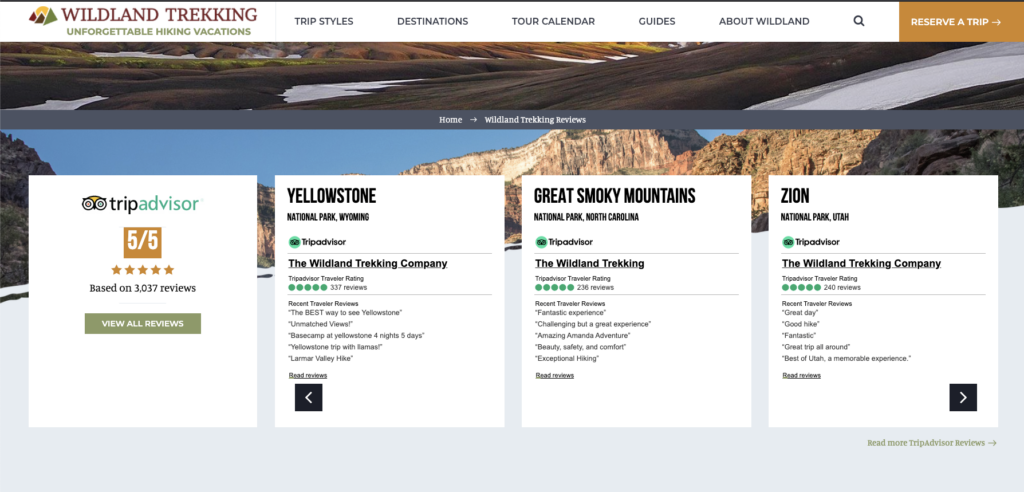


End-To-End | Starting at $299 per month
How it works:
Birdeye sends review request emails and texts to your customers automatically and effectively. On the Birdeye dashboard, you’ll be able to see and respond to reviews on over 150+ sites. From there, share your reviews on social media and display them on your website. Birdeye is a comprehensive platform for customer experience that offers a range of products that scale with your business. Birdeye users say they love the ease of reading and responding to reviews from different platforms in one spot and client support, but don’t like that brands must start with a year-long contract.


End-To-End | Contact team to request a quote
How it works:
The PowerReviews Ratings & Reviews platform provides everything you need to collect, display and amplify your user-generated content to maximize buyer confidence, conversions and sales. It’s displays allow clients to filter, search, and review sizing/demographic information – specifically designed to help shoppers find the personally relevant information they need in order to feel confident about booking a trip or buying a product. And extend your content reach to other channels important to you, from Amazon and Google to Facebook and other social platforms. Power Reviews collection methods include email (leverage your own technology or theirs) and SMS, along with the capability to submit multiple reviews at the same time. You can customize your outreach to ensure it resonates with your customers best to maximize the content you collect. Brands who use Power Reviews praise how the platform allows for more interaction, building a community among customers and brands. However, they wish it would integrate better with systems like Salesforce or Cordial.
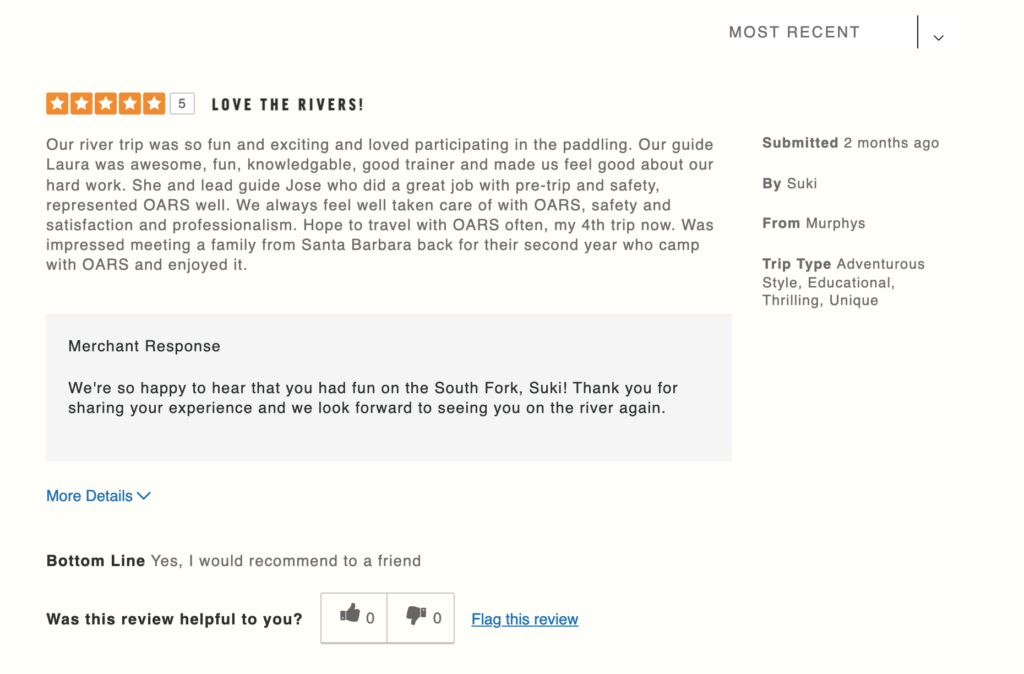

End-to-End | Starting at $199 per month
How it works:
Automated Review Solicitation gives you the ability to create and send personalized review invites via text or use built-in templates to make it easy. You can filter reviews based on location, source, date, or keyword, or other tags. Automate review collection by creating rules for who gets review invites and when. Gather, view, and respond to reviews from Google My Business, Facebook, and a dozen others, all in one place. Brands who use Swell say they love the text feature but some found the contact upload tool to be clunky and confusing at first.


End-to-End | Starting at $75 per month
How it works:
NiceJob claims brands can win over twice as many reviews as competing tools with automated emails and text messages. NiceAI© detects if your customer hasn’t left a review and sends smart reminders. NiceJob’s smart funnel will distribute your reviews on the social sites where they’ll be seen most, such as Google and Facebook And, it automatically publishes customer stories and reviews to your website in order to boost search engine rankings and sales. NiceJob users say they love how seamlessly the platform can be set up with CRMs, but have noticed bugs with NiceAI© sending reminders to customers who have already submitted a review.
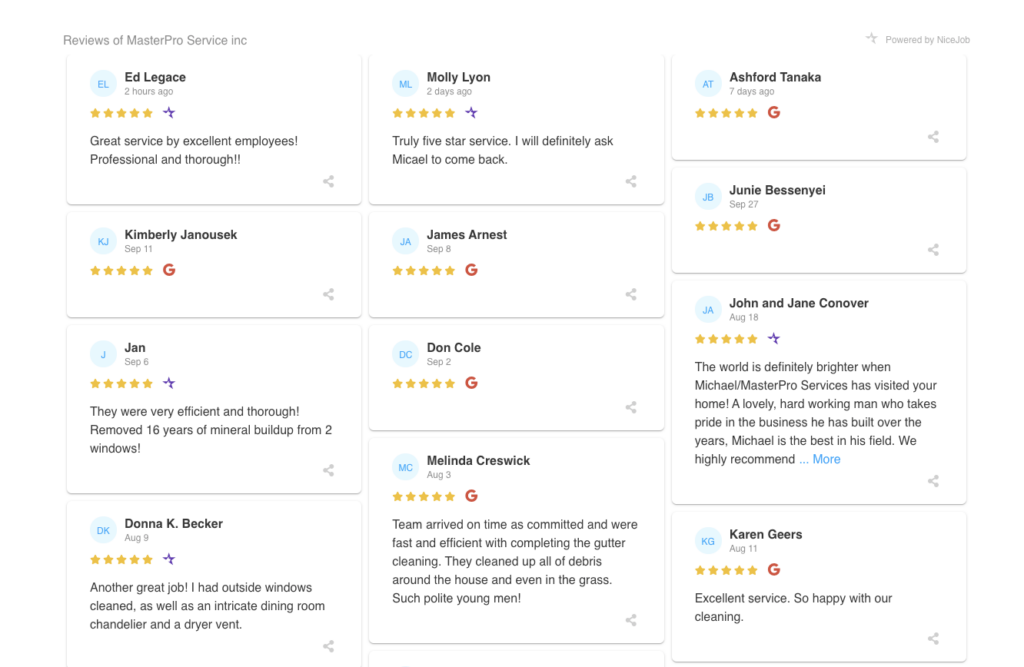

End-to-End | Contact TrustYou team for quote
How it works:
TrustYou is an excellent review platform for hotels and destination marketing organizations. Integrate your TrustScore and review widgets onto your own website or Facebook page to provide travelers the information they need to make a booking decision. Increase your scores and ranking by collecting survey reviews and displaying them on hundreds of travel sites worldwide, including Google, KAYAK, and Hotels.com. Showcase your survey reviews on your website to build trust and increase conversions from organic search results to authenticate the booking process for your customers. Uniquely and pertinent during Covid times, TrustYou also allows you to ease the fears of travelers and encourage them to book again through the Trusted Cleanliness badge, which allows you to showcase a safe stay at your property. Adventure and hospitality brands love how specialized this platform is for the industry, but say it can get pretty expensive.


Review Collection | $29 per year, or $99 one-time fee
How it works:
This is a WordPress plugin that monitors over 85 review sites for customer reviews, such as Google, TripAdvisor, Yelp, Yellow Pages, and Facebook. Set up a template or summary badge on your website, and set filters for only positive ones. You’ll also receive emails notifying you of new reviews, so you can respond as needed. With customizable templates and the ability to manually enter reviews as well, WP Review Slider Pro gives you plenty of creative options to match your branding perfectly, all while highlighting your excellent goods and services! WP Review Slider Pro is not end-to-end, as it does not send out review requests to customers. Users of this platform love how simple the collection setup process is, but also say it can be tricky to get templates and badges to look good on mobile.
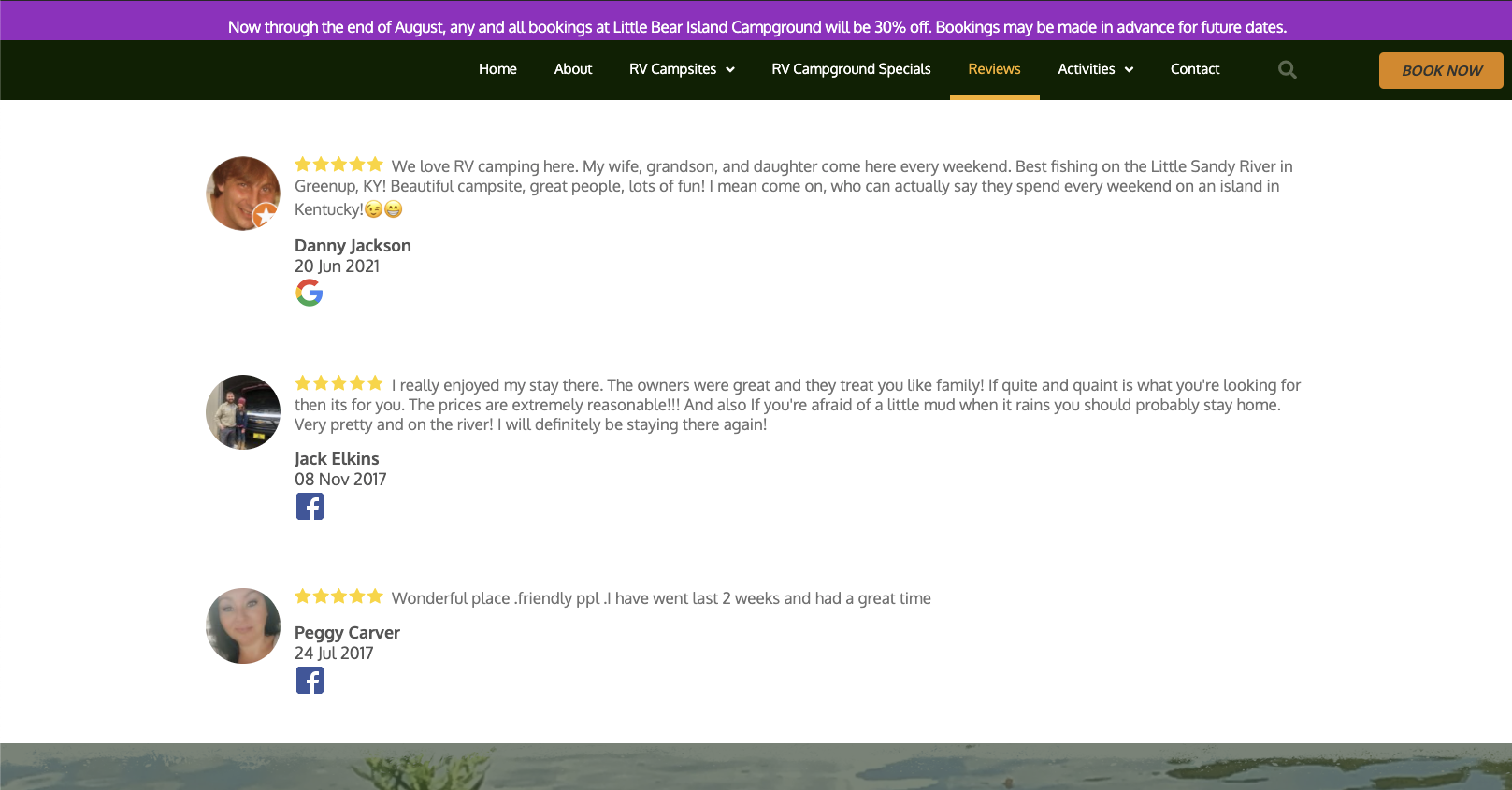
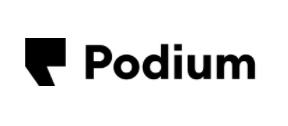
Review Collection | Starting at $99 per month
How it works:
Podium is built with a focus on sending invitations and receiving reviews via text messages. Fewer clicks mean an easier process for customers, meaning they are more likely to actually send in a positive response! Podium lets you set up automated texts, collect reviews, and respond to customers all from one platform, making it a one-stop-shop for engaging and boosting your social proof. Plus, gather customer reviews on Google, Facebook, and tons of industry-specific review sites. Podium also has a mobile app, making it easy to deal with reviews even on the go – meaning you can even use it in between ski runs or paddle sessions! Users of Podium appreciate how easy it is to switch between online messaging and texting with clients, but have complained about the platform’s lack of customer service.https://liquidspark.com/wp-content/uploads/Podium-Example.png
Google Review Collections Tools – for WordPress Sites
If you only want to focus on collecting and displaying Google reviews (which we do not necessarily recommend, by the way, since other platforms are also important to your customers) – here is a list of Google Reviews collection tools. These tools will collect Google reviews and show them on your website, with varying levels of filters depending on what level of tool you choose. Free tools do not usually have the ability to filter out reviews by stars, whereas paid tools do. You do not want to risk pulling in poor reviews to your site – so be sure to check the tool versions and ability to filter out reviews that are lower than 4 stars.
For WordPress Websites:
- Everest Google Places Reviews
- Google Places Reviews Pro
- WooCommmerce Google Customer Reviews
- Google Reviews Widget
- WP Google Review Slider
For Any Type of Website:
For Squarespace:

